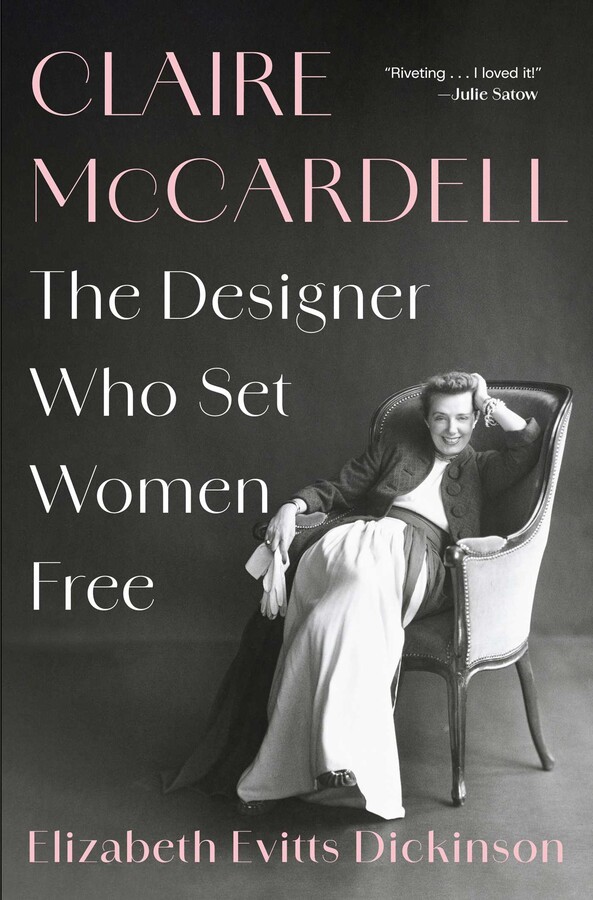Claire McCardell hated being uncomfortable. This was true long before she became one of America’s most famous fashion designers in the 1950s, her influence felt in every woman’s wardrobe, her face on the cover of Time magazine.
As a young girl growing up in Maryland, she hated wearing a dress when climbing trees, and didn’t understand why she couldn’t wear pants with pockets like her brothers—she had nowhere to put the apples she picked. At summer camp, she loathed swimming in the cumbersome full-length stockings women were expected to wear, so she ditched hers and went bare-legged in the lake, even though she knew she’d get in trouble. When she was just starting out as a fashion designer, in the 1930s, she went on a ski trip to New Hampshire and one evening saw a woman shivering in a thin satin dress. Why, McCardell wondered, couldn’t an evening gown be made out of something warmer, so a woman could actually enjoy herself?
McCardell made a career out of asking such questions, and helped transform American fashion in the process, as Elizabeth Evitts Dickinson details in her lively and psychologically astute biography, Claire McCardell: The Designer Who Set Women Free. The young designer who came home from New Hampshire and devised a blue wool evening dress was often dismissed by her bosses for her “crazy” ideas—wool was for coats, not parties! She was told to keep copying the latest looks from Paris, as was customary in the American garment trade at the time. In those early years, McCardell didn’t have the clout to design apparel her way. But she had a core conviction, and she never abandoned it: Women deserve to be comfortable—in their clothes, and in the world.
Almost a century later, “we owe much of what hangs in our closets to Claire McCardell,” Dickinson writes, and yet she is not among the fashion figures “we all remember.” That’s an understatement. How is it that McCardell, once a household name, is now known only to fashion cognoscenti and costume historians? Dickinson offers a portrait of a revolutionary, if a private and pragmatic one, and examining McCardell’s story helps expand our sense of what revolution can look like.
